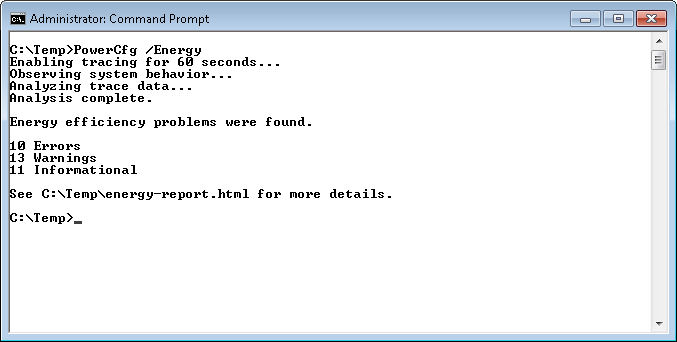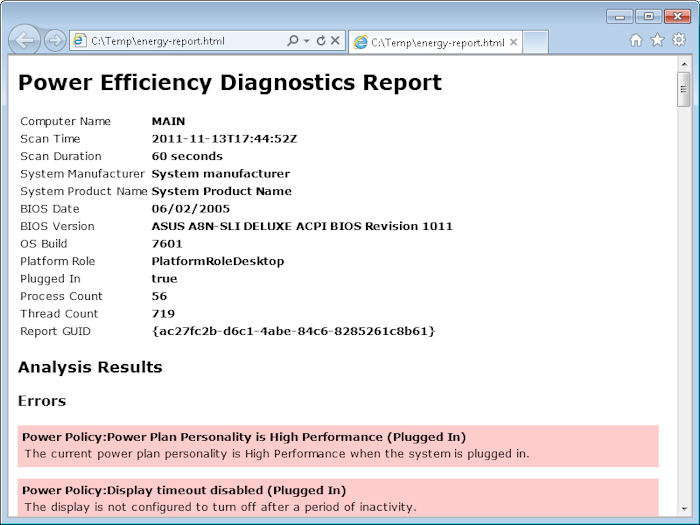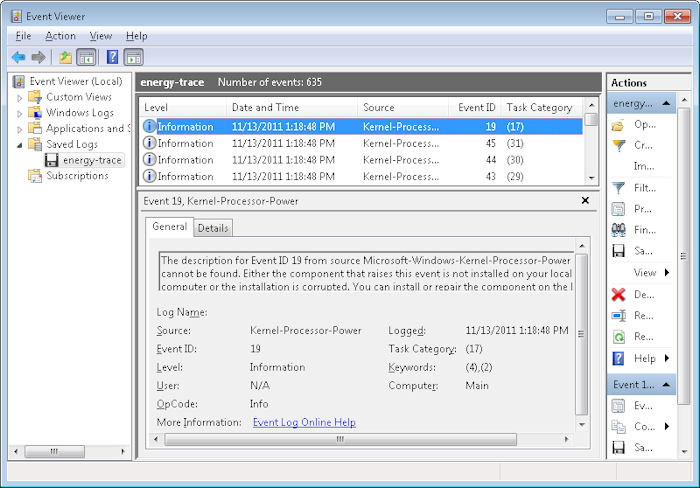Most people know that this has been one of the colder winters in recent memory. In fact, I’ve been taking enough heat about my views on global warming that I wrote a post entitled, Where is the Global Warming?. The effects of the cold have been serious enough to drastically raise the price of propane and to create local shortages. In fact, a few of my neighbors have been paying upwards of $6.00 a gallon for propane that normally costs around $2.50 a gallon. What this means is that a house that normally requires $300.00 per month to heat now costs $720.00. Most people can’t afford the price increase. More than a few people feel that the propane industry is engaged in price gouging. At issue is the need for propane to keep warm.
We heat our home for the most part using our wood stove. Wood heat is a lot better than propane because a wood stove will heat not only the air, but also the floor, walls, and ceiling. You get a mix of both direct and radiant heat. In addition, wood is a renewable resource. Carefully managed woods produce an abundant supply of wood that won’t ever run out as fossil fuels will. However, due to some unexpected circumstances, we’ve been using the furnace a bit this winter as well and feeling the pinch just a little.
There are some long term fixes for some of the problems with heating in the works. For example, there is a movement now to improve the standards for furnaces. The technology exists to improve the efficiency of furnaces from the current 80 percent to nearly 98 percent. In addition, newer furnace fans can save substantially on the electric bills. Unfortunately, even though the technology exists, you’d be hard pressed to find any furnaces like this for sale-they simply aren’t available today. If your home does require a new heating unit, you may want to approach a furnace installation business in your area to do this in time for the Winter months. There are lots of brilliant companies around who could fit a replacement furnace for you, so you just have to take the time to find a good local company. For example, learn about a Furnace Installation in Durham if that is where you are based. It’s as easy as that!
So what do you do to improve fuel usage in your home today? We’ve been experimenting with various strategies over the years. For one thing, we turn the thermostat way down at night-we’re talking 47 degrees. Blankets are a lot less expensive than fuel and we’ve actually found we sleep more soundly. I’m not sure anyone has ever done a study on the proposed benefits of sleeping cool (if you find such a study, please let me know). A programmable thermostat can get the furnace started up just a few minutes before you begin your day. If you haven’t already got a furnace installed or you need a new one, Boulden Brothers are highly recommended for Furnace Replacement. I do know that we both sleep better and feel more refreshed when the house is kept warm during the winter months. A furnace is essential in my opinion!
One of the more interesting aspects of most homes is that the bathroom actually warms quickly and is usually high on the priority list for getting heat. Even though the rest of your house is now at 47, you can run into the bathroom, close the door, and enjoy a nice warm early morning experience quite quickly. Just take your clothes with you (I certainly do) and dress inside. If you set up a schedule, other family members can just remain cozy in bed until it’s their turn to keep warm while dressing in the bathroom. Actually, it’s a technique that people have used for hundreds of years. I still remember my father telling me about running from the bedroom down to the kitchen where he’d dress in front of the woodstove in the morning.
We’ve found that running the furnace for one long period is far more efficient than running it over several short periods. An engineer who specializes in such things could probably produce the math required to tell you precisely why this is the case, but simply observing the monthly costs has shown us that long burns are more efficient. A long burn also provides some of the same radiant heat benefits that our wood stove provides. So, we get the house up to temperature in the morning and then turn the thermostat down while we work. When it’s time to sit and relax, we heat the house back up again and then turn it down about 2 hours before we go to bed (the house will most definitely maintain temperature long enough for you to get cozy beneath the blankets). Using this cycled method of maintaining house temperature can reduce the heating bill by as much as 30 percent when used correctly. Given that we work in our house, the cycled method does mean making comfort choices, but the savings are just too great to pass up. If you’re working outside the house, using the cycled approach is a given.
I doubt that there is a perfect solution to any heating problem during the winter months. If you are using central heating, make sure you’re covering up any gaps in the house that are letting in a draught. If you have double glazed windows, this should help with insulation too. On the topic of insulation, a friend of mine had a foam roof repair and he saved up to 50% on his heating bills due to the insulation benefits. This is something you might also want to consider if you want to lower the cost of your bills. The important thing is that you’re staying warm even when it’s cold outside!
Have you come up with any interesting solutions to the heating problems for your home? Have you ever tried a cycled approach? Let me know your thoughts at [email protected].



